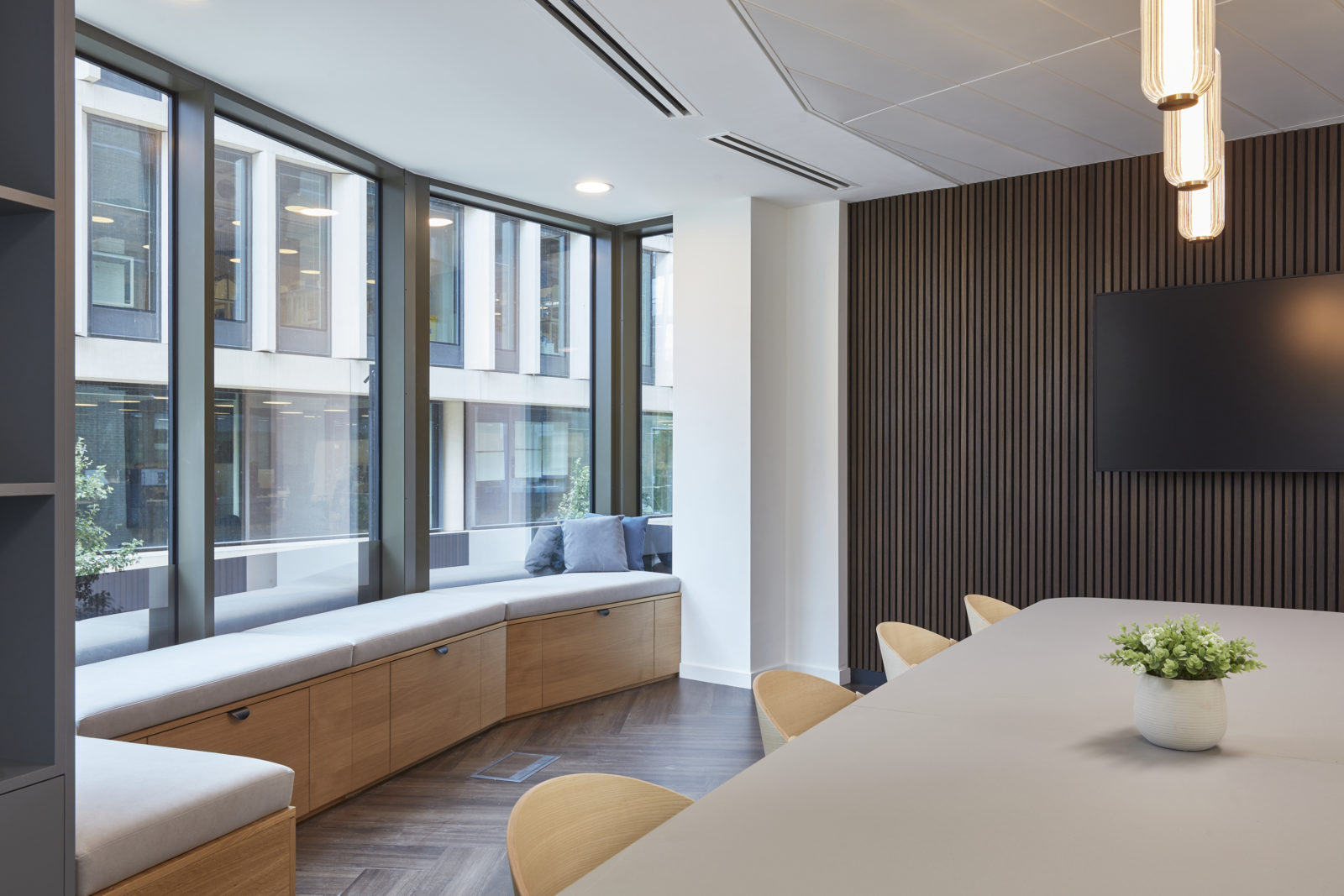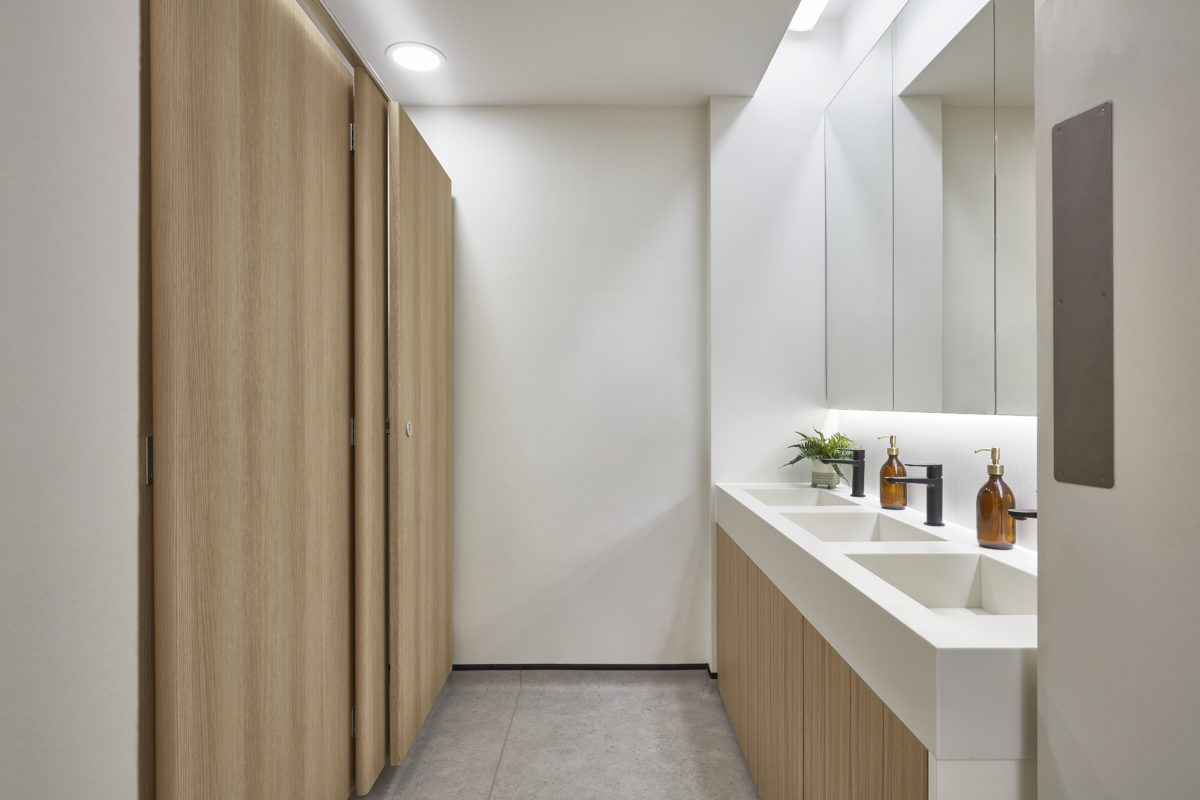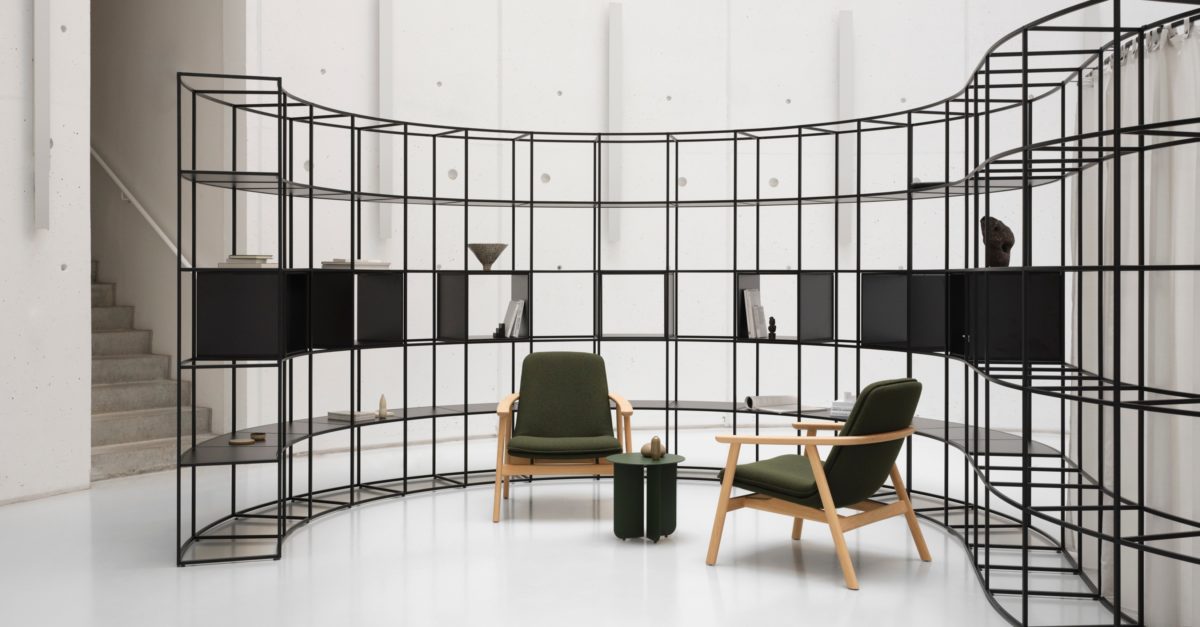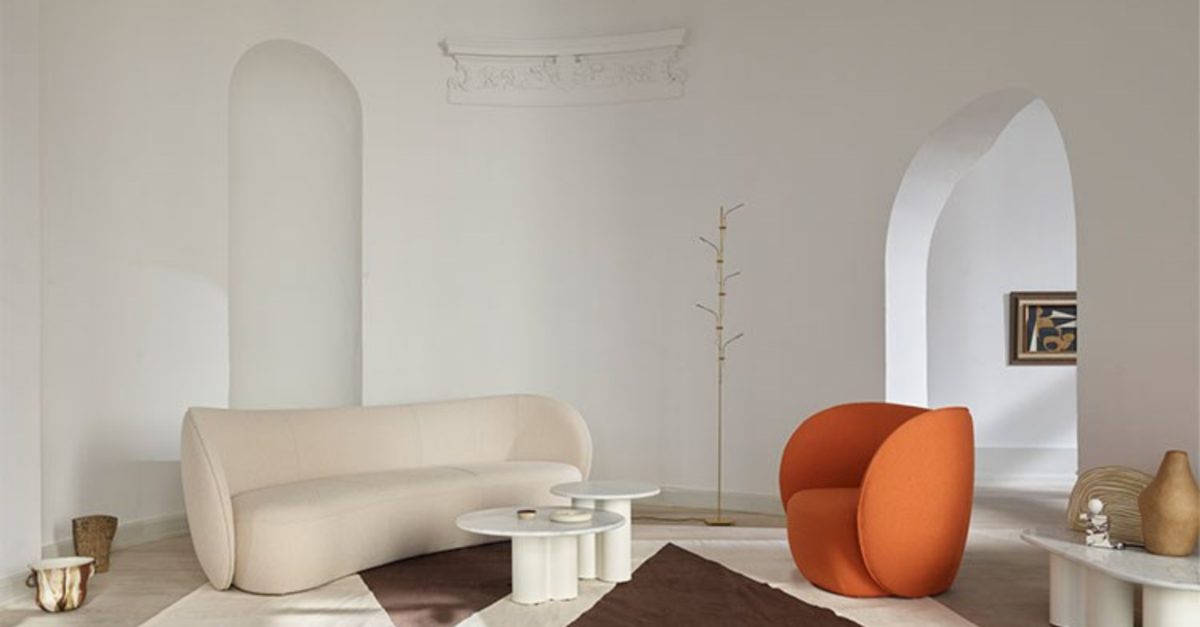industry-insight
Key Principles of Achieving a Minimalist Interior Design

Known for its clean lines, uncluttered spaces, and serene ambience, minimalist interior design has become a prominent office design trend in recent years. This design philosophy emphasises the importance of simplicity and functionality, making it particularly suitable for office environments, however, every client is different and will desire varying degrees of this.
Let us take you on a journey to explore the principles of minimalist interior office design, its history and potential benefits for your future workplace design. We will also discuss its essential elements and the practical steps to achieving a clean and minimalist office interior.
Understanding Minimalist Office Design
Minimalist design in office interiors revolves around creating a workspace that is free from unnecessary clutter and distractions. The focus is on essential elements that contribute to productivity and comfort.
Brief history and evolution of minimalist design
The minimalist design movement originated in the post-World War II era, influenced by the simplicity and functionality of Japanese design and the German Bauhaus art movement. It gained momentum in the 1960s and 1970s, becoming a reaction against the excess and ornamentation of previous design styles. Over the decades, minimalist design has evolved to embrace modern technologies and materials while still adhering to its core principles of functionality and simplicity.
Benefits of a Minimalist Office Interior
A minimalist office interior offers a range of benefits that go beyond aesthetics.
1. Increased productivity
A minimalist office interior can have a positive impact on productivity. By eliminating unnecessary items and distractions, employees can focus better on their tasks. Furthermore, the simplicity of the design encourages a clear mind and efficient workflow, which can contribute to higher productivity levels.
2. Enhanced aesthetics
The visual appeal of a minimalist office lies in its clean, uncluttered spaces. The use of neutral colours and minimal palette, simple furniture, and strategic lighting creates a calm and inviting environment.
3. Cost-effectiveness
Minimalist design can be cost-effective as it focuses on essential items and multifunctional office furniture. By investing in high-quality, durable pieces, businesses can save money in the long run. Additionally, the reduction in clutter can lead to lower maintenance and cleaning costs.
4. Environmentally friendly
Like most office design philosophies, minimalist design can leverage eco-friendly elements, such as natural materials and energy-efficient lighting. The emphasis on quality over quantity also means fewer items are produced and disposed of, reducing your business’s environmental footprint.

Core Elements of Minimalist Office Design – What you need to consider
Embracing minimalist design in the office involves adhering to key principles that prioritise simplicity and functionality. By incorporating open spaces, neutral or minimal colour palettes, and natural light, a minimalist office can become a serene and efficient environment.
1. Simplicity and functionality
At the heart of minimalist interior design is the principle of simplicity and functionality. This means focusing on essential elements that serve a purpose. Furniture should be sleek and multifunctional, reducing the need for multiple pieces.
2. Open space
Open floor plans are one of the hallmarks of minimalist design. They create a sense of space and freedom, allowing for better movement and communication. Utilising open spaces effectively can make the office feel larger and more inviting.
3. Neutral colour palette
Consisting of whites, greys, and natural tones, a neutral colour palette is key to maintaining a clean and cohesive look. These colours help create a calm and serene atmosphere, which is conducive to productivity and focus. Nevertheless, the minimalist look can also be achieved by instead, using a minimal colour palette that compliments the space.
4. Natural light
Maximising natural light is crucial in a minimalist office. Large windows, skylights, and strategically placed mirrors can improve the workspace by providing ample natural light. Not only does this reduce the need for artificial lighting, but it also has positive effects on mood and productivity.
5. Decluttering
Keeping the office free of unnecessary items is essential in minimalist design. The use of smart storage solutions including lockers, can help maintain an organised and efficient workspace.

Vital Components of a Minimalist Office – Your Tick List of What To Invest In
Creating a minimalist office requires a careful selection of essential elements combined with clever space planning, to ensure your new minimalist office suits your workforce and the daily activities they need to complete. From sleek, functional furniture to innovative storage solutions and subtle décor, every aspect should contribute to a clean and organised workspace.
1. Furniture
Selecting functional furniture is crucial for a minimalist office. Pieces should be simple, with clean lines and minimal ornamentation. Multifunctional furniture, such as desks with built-in storage, can help maximise space and functionality.
2. Storage solutions
Innovative use of various storage solutions is key to keeping the office organised. Consider built-in cabinets, floating shelves, and hidden storage compartments to reduce visible clutter and maintain a clean look.
3. Technology integration
Incorporating plants into the office design adds a touch of nature and elevates the overall aesthetic to greater heights. Consider placing low-maintenance plants that thrive in indoor environments to keep the space looking fresh and vibrant.
4. Biophilia
Incorporating plants into the office design adds a touch of nature and elevates the overall aesthetic to greater heights. Consider placing low-maintenance plants that thrive in indoor environments to keep the space looking fresh and vibrant.
5. Artwork and décor
Minimalist art and décor choices should complement the space without overwhelming it. Opt for simple, abstract pieces or monochromatic artworks that add visual interest while maintaining the overall minimalist theme.

Steps to Achieving a Minimalist Office Interior
Transforming an office into a minimalist haven involves a series of strategic steps. By assessing the current space, decluttering effectively, and choosing the right materials, you can design a minimalist office that fosters productivity and tranquility.
1. Assessment and planning
Begin by evaluating the current office space and identifying areas that need improvement. Consider the layout, furniture, storage solutions, and overall aesthetic. Plan the transition to a minimalist design by setting clear goals and priorities. If you need help from a workplace space planner or our design team, do reach out.
2. Removing clutter
Effective decluttering is essential for achieving a minimalist office. Start by sorting through all items and removing anything unnecessary or unused. Organise remaining items and implement smart storage solutions to keep the space tidy.
3. Design and layout
Create a minimalist layout that works for the office. Focus on open spaces, functional furniture, and efficient storage. Consider the flow of movement and communication within the office to ensure the layout supports productivity and collaboration. If you do not know where to start, working with office design specialists can point you in the right direction as they can offer valuable design insights.
4. Choosing the right materials
Opt for high-quality materials that are durable, sustainable, and timeless. Wood, stone, and other natural materials can add warmth and texture to the space while maintaining a minimalist interior design.
5. Implementation
Put the design into action by gradually introducing new elements and removing old ones. Start with key pieces of furniture and storage solutions, then add décor and finishing touches. Regularly review and adjust the design to ensure it remains functional and uncluttered.
Embrace the Minimalist Philosophy
Achieving a minimalist office interior requires careful planning and a focus on simplicity, functionality, and quality. By understanding the core principles and benefits of minimalist office design and following practical steps to implement it, you can create a workspace that is both aesthetically pleasing and highly efficient.
How can we help?
At COEL, we can transform office spaces into minimalist havens that enhance productivity and aesthetics. With over 30 years of experience, our team will be able to guide you through every step, from planning and design to implementation (fit-out, decoration and furniture). Get in touch today to start your journey towards an efficient and inspiring workspace.
